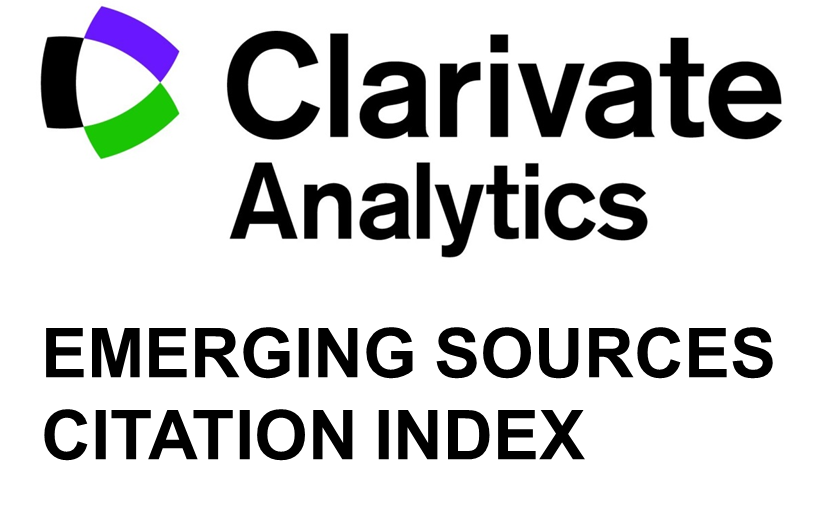Authentication & Integration Approaches for mHealth Apps from a Usability View
Zhongwei Teng, Peng Zhang, Xiao Li, William Nock, Denis Gilmore, Marcelino Rodriguez-Cancio, Jules White, Jonathan Carl Nesbitt, Douglas Craig Schmidt
DOI: 10.15598/aeee.v19i1.3301
Abstract
Mobile health (mHealth) apps are increasingly adopted in healthcare domains, such as diabetes management, physical activity monitoring, and HIV treatment. However, mHealth app development is restricted due to healthcare privacy regulations, which require apps to handle collected data securely. The advent of online platforms, such as REDCap, alleviates this problem by providing privacy-compliant databases, so that mHealth apps developed for research groups can securely handle stored inactive data (data-at-rest) with fewer privacy concerns.
Unfortunately, the authentication architectures of many online platforms do not meet the needs of mHealth apps and provide insufficient integration support. Assumptions made in other types of mobile apps about how users operate, such as a user's ability to type or remember a password, therefore may not be valid in the mHealth domain.
To address these problems this paper evaluates how authentication approaches impact the usability of mHealth apps. In particular, we present metrics to evaluate usability and show how the Proxy User Adapter pattern can integrate usability-enhanced authentication approaches to legacy secure database providers. We also propose a QR-Code authentication approach that applies the Proxy User Adapter pattern to help mHealth apps overcome common impediments, improve processing efficiency, and reduce potential mistakes caused by patients and providers alike.






















